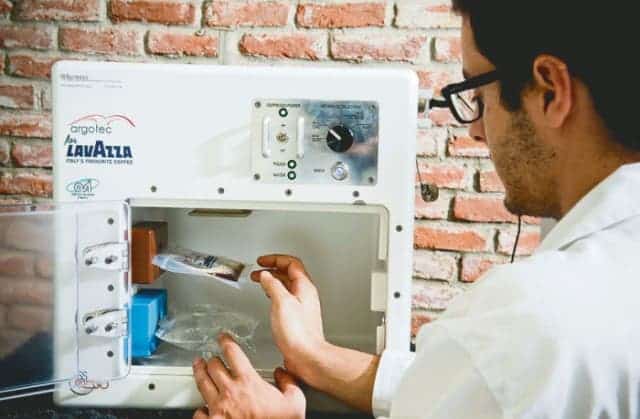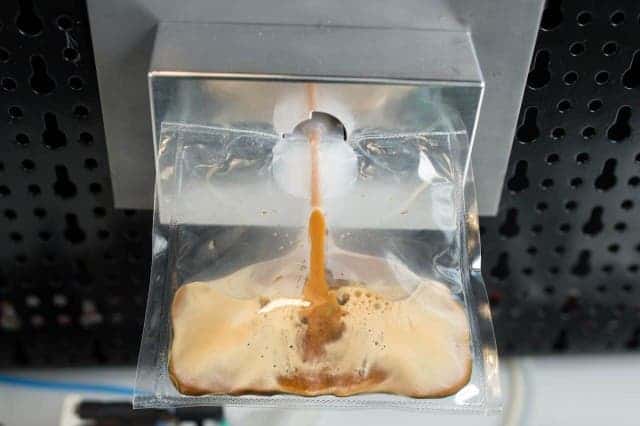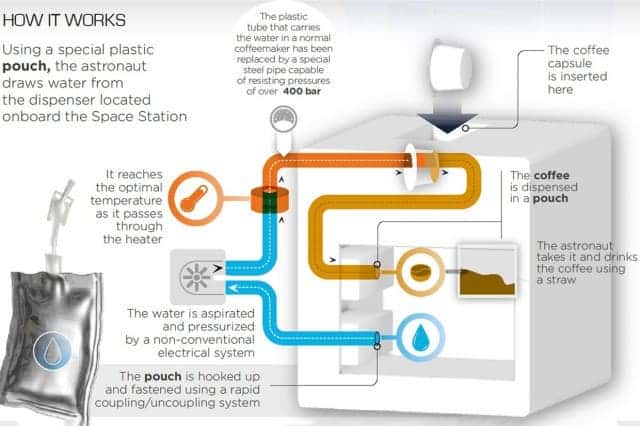For a long while astronauts coming back home from the ISS would complain how bad the coffee is in Earth’s orbit. Of course, one might say there’s little room for frivolities when tasked with a mission of such importance as an ISS astronaut. Coffee can wait, so can pastas, sex or cats. The world’s space agencies are taking astronaut stress very seriously though, and on the occasion of the latest mission crew’s arrival at the station, an espresso machine that can work in micro gravity was also brought in. Of course, it’s made in Italy.

While most of us fantasize about being in space and sit back in sheer awe whenever we get to see a timelapse clip shot from the ISS, the harsh reality is that living for at least six months crammed inside a tin can isn’t the most pleasant thing. You can get very lonely, and the dreading thought that only a few millimeters of aluminium is all that separates you from the void of space is enough to make almost anyone mad. Thank god I’m no astronaut.
Well, at least now astronauts have something to look for when they wake up floating through the station – fresh espresso! Designed by Lavazza and Argotec, Europe’s leading coffee companies, the first zero-g Certified Italian Espresso coffee machine was recently delivered by the Expedition 42/43 crew, which coincidentally or not includes Samantha Cristoforetti, Italy’s first female astronaut.
To use it, astronauts first fill a pouch with water. The water is then pressurized at 9 bars, heated to 94 degrees Celsius, and shot through a pipe that can withstand 400 bars where it hits a small capsule containing coffee grounds. The finished espresso is ultimately delivered inside a plastic sealed container, which undoubtedly alters the aroma. It’s still a good espresso, according to Lavazza – but what can they say. Because there’s no gravity, astronauts might never be able to enjoy a latte, since the milk and foam can’t be separated.

How does sipping an espresso while star gazing from the ISS sound like?







